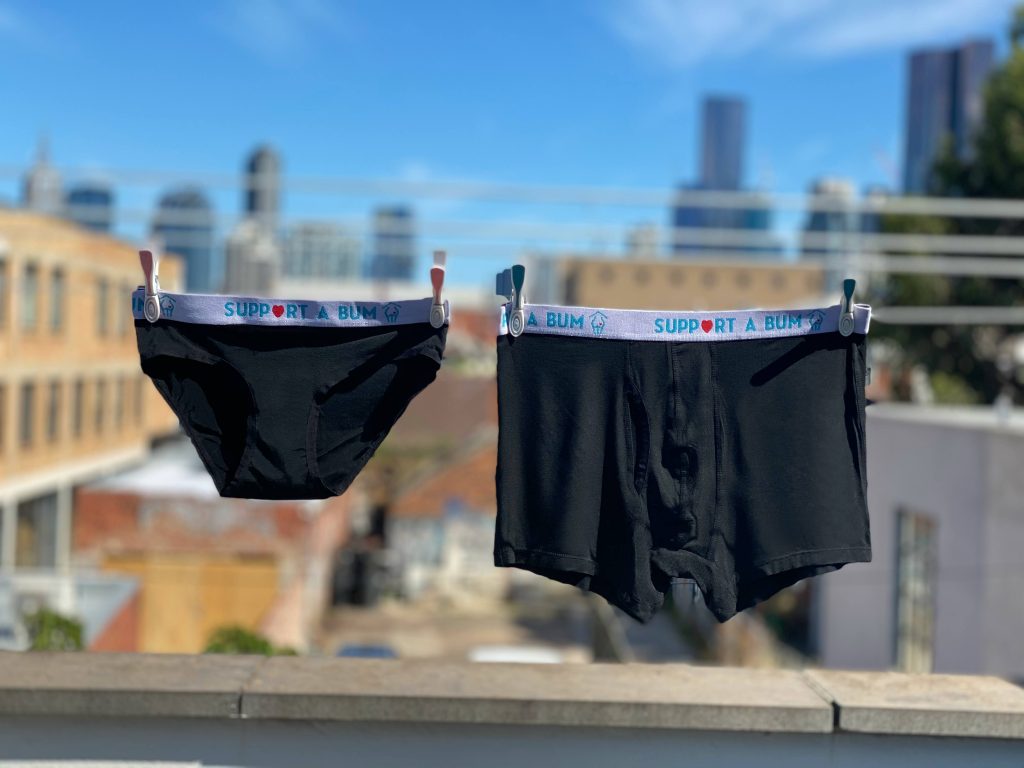
We’ve all got them, those sagging, faded jocks stuffed into the back of our undie drawer for a rainy day (or still included in the daily rotation). According to research, however, this may not be the healthiest of habits.
So how long should you hold onto your old faithfuls for? According to Jockey’s creative director, Laetitia Lecigne, “the key to knowing when it’s time to toss your undergarments is looking at [their] remaining properties ― stretch, fit, aesthetic. If there is any sagging, drooping or deformities in the shape, it’s time to go!”
The lifespan of your undies will depend on several factors – how many pairs you have in your undie pool, how often and how exactly you wash them, and if you wear them exercising or at the gym. But the general consensus is that they will, on average, need to be replaced every six months, or at least once a year.
Need another reason to turf your saggy jocks? Washing your undies doesn’t always completely clean them, so you might want to rethink how long you are hanging onto them.
Research shows that used underwear contains microbes that can cause urinary tract infections, pneumonia and blood infections, as well as E-coli and thrush.
Philip Tierno, a Professor of microbiology and pathology at New York University, explained to HuffPost about the unavoidable build up of E. coli., which, no matter how well you try to wipe it away from your skin, inevitably ends up on your underwear.
Even after washing your undies, there may still be bacteria present. According to Dr. Charles Gerba, a professor of microbiology at the University of Arizona, there is, on average, roughly a 10th of a gram of poop remaining in an average pair of undies after they have been washed!
Gross though this may be, Tierno assures us that “it’s normal, and it doesn’t hurt you.” But it also makes it a good idea to replace your undies more often than you would think.
And in the meantime, what’s the most effective way to wash your undies? Tierno advises a cold or warm water cycle with bleach (if possible), or a detergent that contains peroxide, which is the best way to kill any organisms living there. Hanging them out to dry in the sun is also great, as the UV rays can help to sanitise them.





Please Help Us Spread The Word